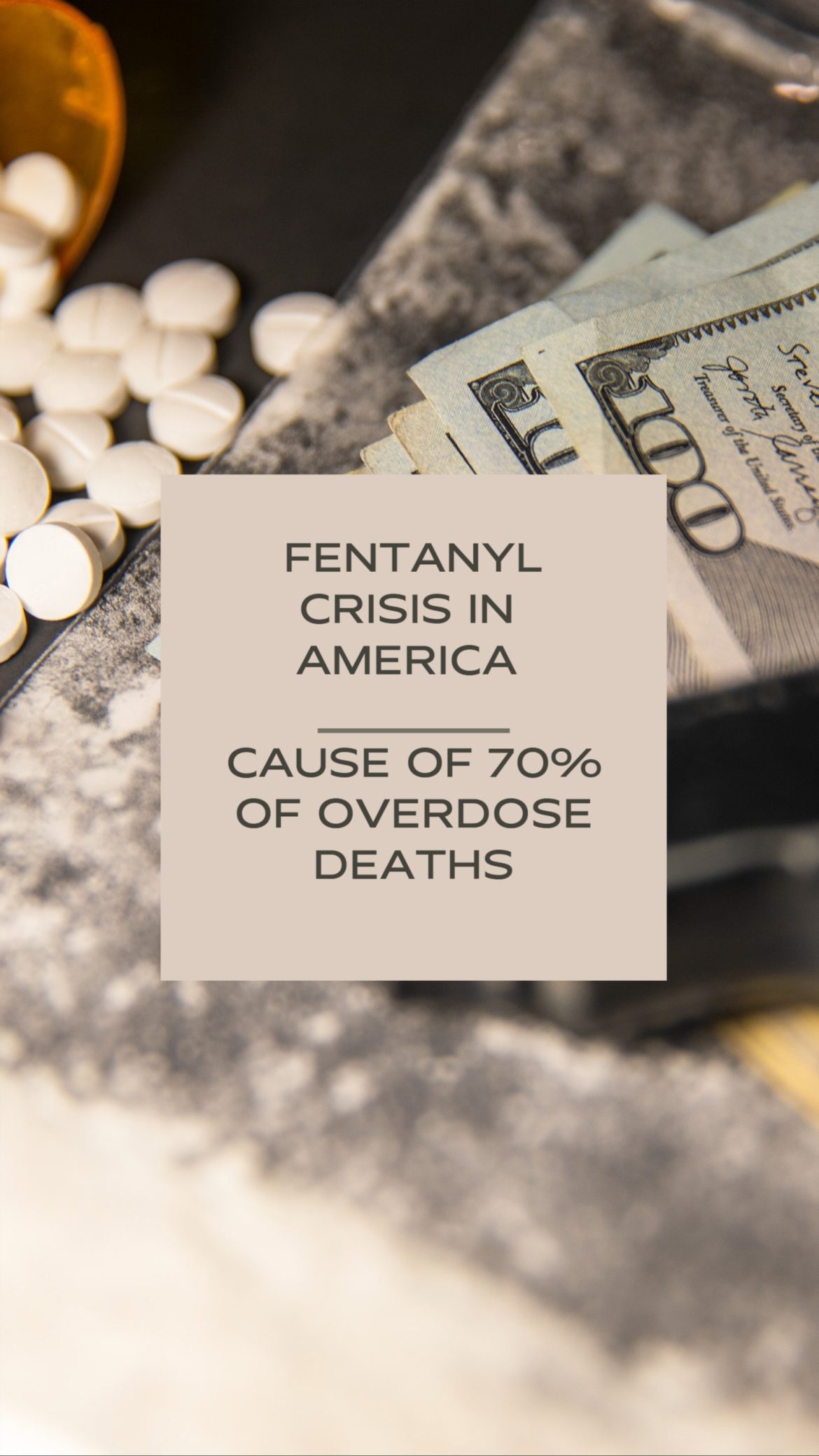The Lethal Reality of Fentanyl’s Potency
Patrick Bet-David leads brings the American Fentanyl Crisis into the light. The crisis surrounding fentanyl use is not just a matter of public health; it’s a stark confrontation with mortality. A tiny amount of fentanyl, barely visible to the eye, can be fatal. This frightening reality is driving a new urgency in the fight against drug abuse, particularly as fentanyl becomes more prevalent on the streets, often hidden in other drugs unbeknownst to users.
Fentanyl in the Medical Field: A Double-Edged Sword
Despite its dangerous street reputation, fentanyl remains an important tool in medicine for managing severe pain, particularly in cancer patients and end-of-life care. It’s a poignant dichotomy: a substance that can alleviate profound suffering in one setting can cause irreversible loss in another.
The Drug’s Illicit Journey to the Streets
Originally a marvel of pharmaceutical science, fentanyl’s journey from a controlled medical environment to the streets has been marked by its misuse. Its high potency and low production cost have made it attractive to illicit drug manufacturers and dealers, who often mix it with other substances, significantly amplifying the risk of overdose and death.
Understanding the Fentanyl Distribution Chain
The proliferation of fentanyl is not just a local issue but a complex international operation. It’s a chain that stretches from the production of its precursor chemicals in China to the manufacturing labs in Mexico, finally spilling onto the streets of U.S. cities. Unraveling this chain is a formidable challenge for law enforcement and international relations.
Addressing Misconceptions and the Paradox of Drug Scheduling
Drug scheduling in the United States poses a paradox where marijuana is considered more dangerous than fentanyl in terms of regulatory classification. This incongruence between perceived danger and legal status is a contentious point in the ongoing discussions about drug policy reform.
The Economics of Addiction: Dealers’ Deadly Gamble
Exploring the reasoning behind lacing drugs with fentanyl reveals a grim economic strategy: dealers are betting on the addictive potential of fentanyl to keep customers coming back, despite the heightened risk of overdose. This deadly gamble plays out in the rising number of lives lost to drug abuse.
Accountability and Global Drug Policy
The international dimension of the fentanyl crisis raises questions about accountability, particularly regarding the role of China and its alleged state support for the production of precursor chemicals. This aspect of the crisis underscores the need for a global approach to drug policy and enforcement.
The Urgent Need for Education and Awareness
Education is a key weapon in the battle against fentanyl. Increasing public understanding of the drug’s dangers, as well as informing policymakers about the crisis, is essential for reducing the number of overdoses and saving lives.
The Geopolitical Implications
Speculation about the motivations behind China’s involvement in the fentanyl trade, including possible geopolitical reasons, adds a layer of complexity to an already intricate issue. Such theories suggest the need for a broader perspective when considering solutions to the fentanyl crisis.
10 Things We Learned:
- A minuscule amount of fentanyl is enough to be lethal.
- Fentanyl has a legitimate medical use for pain management despite its dangers.
- The drug’s high potency and cheap production cost have fueled its rise on the black market.
- The distribution of fentanyl is a complex international operation involving multiple countries.
- U.S. drug scheduling classifications reveal inconsistencies and paradoxes in how drugs are regulated.
- Dealers lace drugs with fentanyl to enhance addictiveness, despite the risk to consumers.
- Most of the fentanyl and chemicals Mexican Cartels use to make their fentanyl comes from China.
- Accountability in fentanyl production and distribution is muddled by international relations, especially between the U.S., China, and Mexico.
- Education and awareness about fentanyl are crucial for both the public and policymakers.
- The fentanyl crisis has potential geopolitical dimensions, suggesting a need for a more comprehensive approach to drug policy.
Patrick Bet-David, Valuetainment




